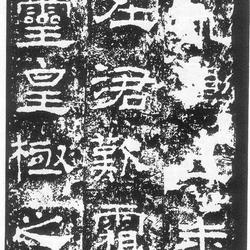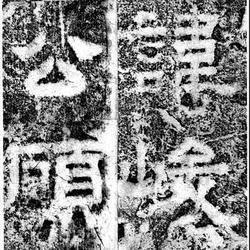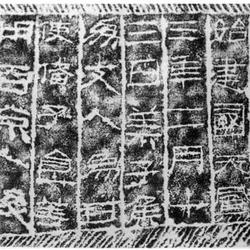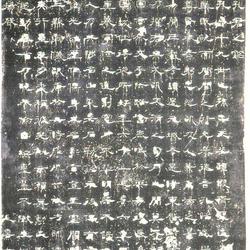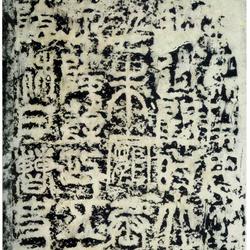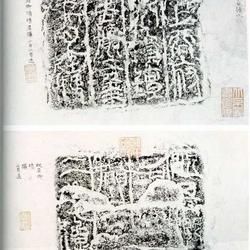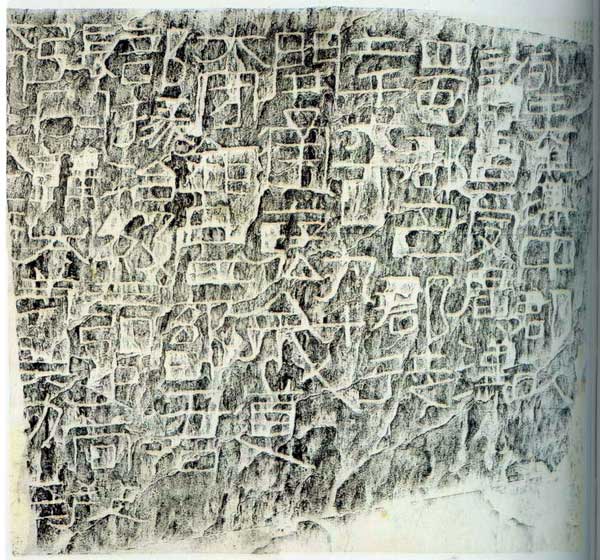
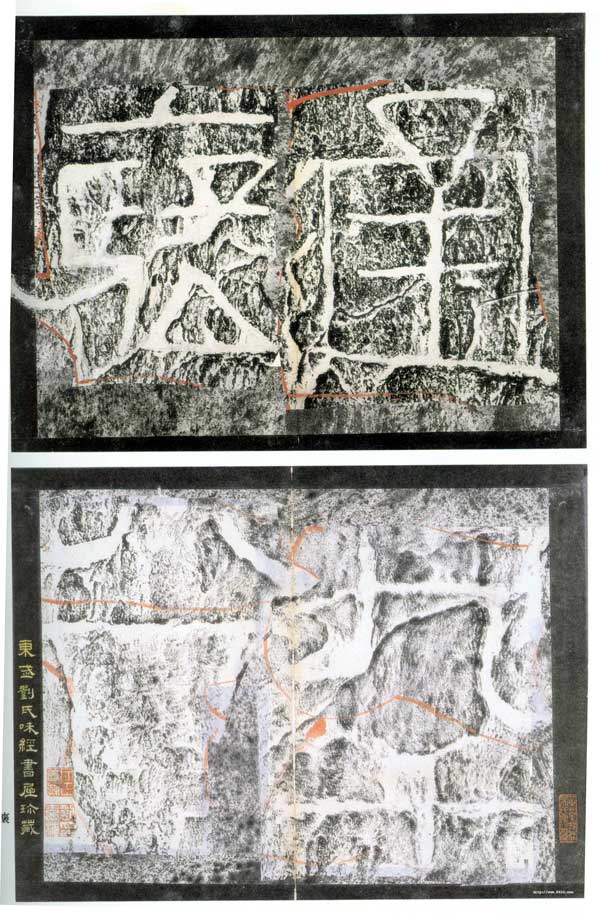
"Cliff Carvings of Kaitong Baoxie Road" was established in the 9th year of Chang Yongping (66 AD) of the Eastern Han Dynasty. It is located on the cliff south of the ancient stone gate in Baocheng Town, Hanzhong City, Shaanxi Province. This stone is commonly known as "Da Kaidao" and "Kaidao Monument".
In the sixth year of Yongping in the Eastern Han Dynasty (63 AD), Ju Luhao, the prefect of Hanzhong, was ordered by 2,690 prisoners from Bajun, Shu County, Guanghan to build the plank road, which took three years to open.
"Cliff Carvings of Kaitong Baoxie Road", "Ode to the Stone Gate", "Ode to the Pavilion", and "Ode to the West Narrows" are famous cliff carvings in the Han Dynasty. Because the calligraphy is carved on the cliff, these works are very impressive. The openings are vertical and horizontal, simple and natural. Among them, "Kaitong Baoxie Road Carved on the Cliff" is the most ancient. The strokes have almost no ripples, and the characters are nearly square and extremely simple. Weng Fang Gang of the Qing Dynasty commented: "The ancient strength of his calligraphy and painting is due to the vertical and horizontal long and oblique movement of the stone, which is purely based on heaven's will. This is actually the Han Dynasty without adding wave method." Fang Shuo said, "Playing with its posture, the intention is to use seal characters. It was the day when it was changed from seal script to official script, and it was simple and vigorous" ("Inscriptions on Metal and Stone of the Two Han Dynasties").
Those who are usually cautious in writing may be able to use strong writing to be brave at this moment. This can also be used as a medical treatment, so you might as well give it a try.

